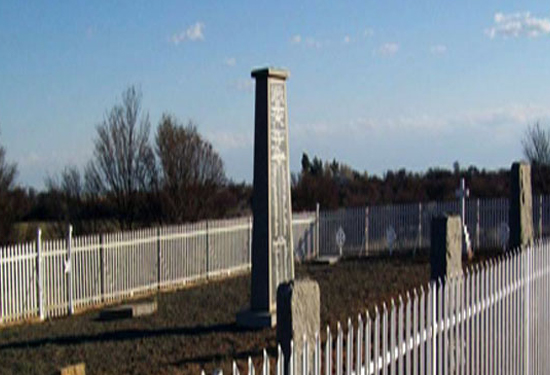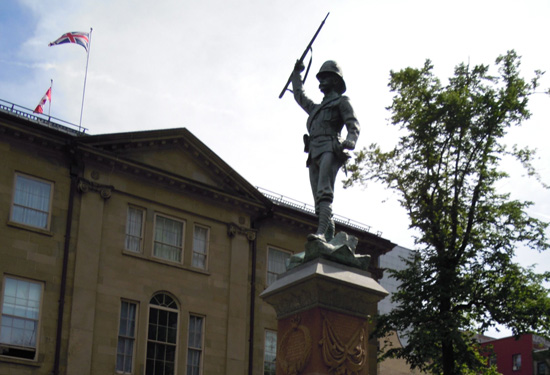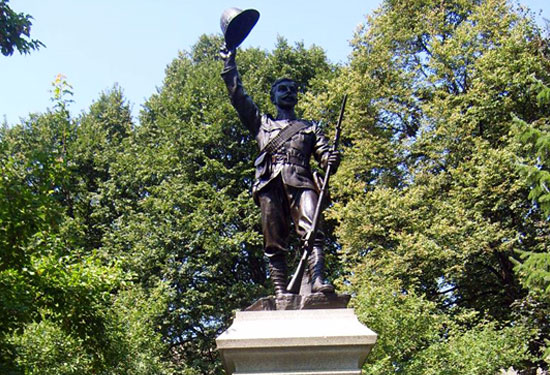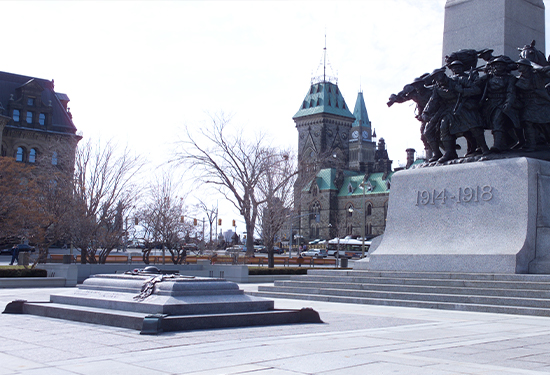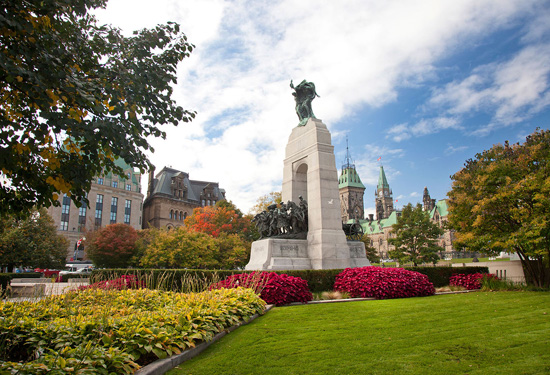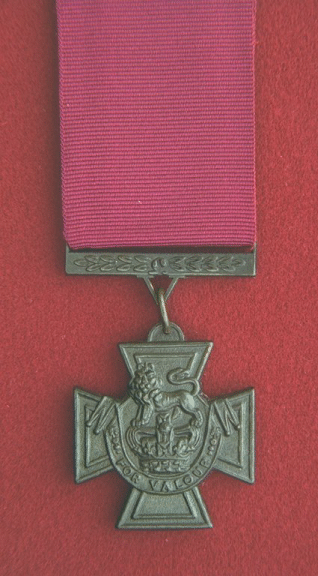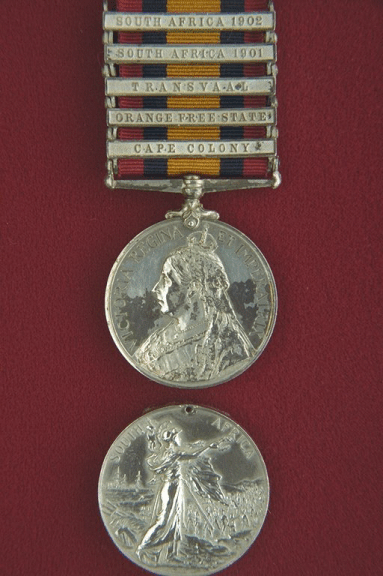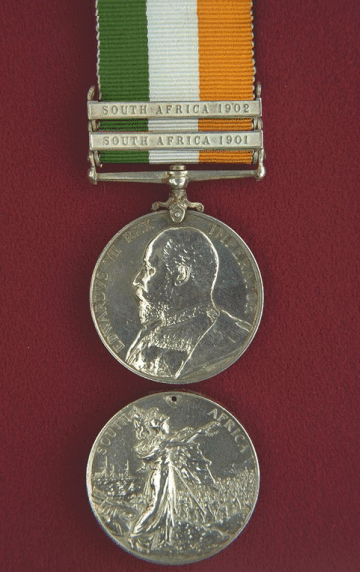
Battle of Paardeberg
In February of 1900, Canadian soldiers played an important role in the first major British victory of the South African War.
18 – 27 February 1900
South African War
2nd (Special Service) Battalion, Royal Canadian Regiment of Infantry
When the British were preparing for the South African War in late 1899, they asked Canada to supply a military force. The then Prime Minister, Sir Wilfrid Laurier, opposed this. Many French Canadians felt it was not Canada's war. However, English Canada was overwhelmingly in favour of sending troops. So, the Canadian government agreed to send 1,000 soldiers, who were all volunteers. This first contingent went to South Africa as part of the 2nd (Special Service) Battalion, Royal Canadian Regiment of Infantry.
Siege at Paardeberg Drift
Following a few minor skirmishes after arriving in Africa, the Royal Canadians merged with a British brigade to surround enemy forces along the Modder River. The Boers had a position near the Paardeberg Drift and on 18 February 1900, our forces went on the attack. This was the first major battle Canadian troops took part in during the South African War.
Canadian casualties were high during the assault. Our losses on the first day of the battle were 18 Canadian soldiers killed and 60 wounded. It was Canada's bloodiest single day of the entire conflict. The British high command decided to change tactics and wait out the enemy. They had the Boers surrounded, and figured it was only a matter of time before the Boers would have to surrender.
Surprise attack
In the early hours of 27 February 1900, a Canadian-led sneak attack advanced on the Boer lines. They were almost there when they struck a tripwire, alerting the waiting enemy forces. The two sides immediately began exchanging fire. The rear ranks of the Canadian force started digging trenches in the hard earth, while the front ranks did their best to cover them.
In the chaos of the attack, somebody yelled "Retire". This caused some Canadians to withdraw, while others kept attacking. Most of the Canadians returned to their start line. Only "G" and "H" Companies, made up of soldiers from the East Coast, remained and continued the fight.
Boer surrender
The sustained Canadian attack was enough to convince the Boer commander that he could not hold his position. Later that morning, he surrendered to the British. There were four thousand Boer casualties that day—almost ten percent of the entire enemy army. The Battle of Paardeberg was the first major British victory of the South African War.
Legacy
Canadian troops received much of the credit for the great victory at Paardeberg. This put our soldiers in the spotlight and earned them significant praise. The Royal Canadians would go on to take part in several more battles in South Africa. Their impressive battlefield accomplishments soon made the British generals consider them the equals to any regiment of professional British soldiers.
- Date modified:



